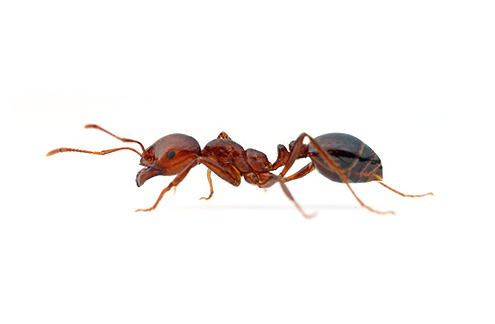
The Dangers of Fire Ants in Rising Temperatures for Pastures and Sod
As temperatures rise, fire ants become more active, increasing their foraging and building of new colonies. This surge in activity can lead to rapid growth of fire ant populations in pastures and sod. Rising temperatures also reduce the availability of water, prompting fire ants to seek out moisture sources, including irrigation systems, leading to further damage.
Risks to Livestock and Wildlife
Fire ants pose a significant risk to livestock and wildlife in pastures. Cattle, horses, and other grazing animals are at risk of being stung while feeding or resting near fire ant mounds. In addition to direct harm, fire ants can also damage pastures by disrupting root systems and causing soil erosion, leading to reduced forage quality.
Risks to Humans
In sod and landscaping areas, fire ants can pose a danger to gardeners, landscapers, and anyone working outdoors. Their stings are painful and can lead to severe allergic reactions in some people, requiring medical attention. Fire ant mounds can also damage equipment and machinery, leading to costly repairs and downtime.
How to Control the Threat
Extinguish® Professional Fire Ant Bait and Extinguish® Plus offer a proactive solution to fire ant control.
- Extinguish® Professional Fire Ant Bait contains the active ingredient (S)-methoprene, an Insect Growth Regulator (IGR) which affects a fire ant queen's reproductive ability. This stops young colonies from developing into problem colonies.
- Extinguish® Plus fire ant bait can be used on sod farms, pastures, rangeland, and more. It combines an adulticide and the long-lasting control of an IGR. With its two-way action, colony reduction begins in about a week and colony elimination may be seen within 2 weeks. As temperatures rise, the threat of fire ants in pastures and sod increases. By understanding the risks and implementing effective control measures, you can reduce the danger they pose to people, livestock, and your landscape. Stay vigilant and take proactive steps to keep these aggressive insects at bay.
Need more information on application for optimal results? Check out our application pages for Extinguish® Professional Fire Ant Bait and Extinguish® Plus.